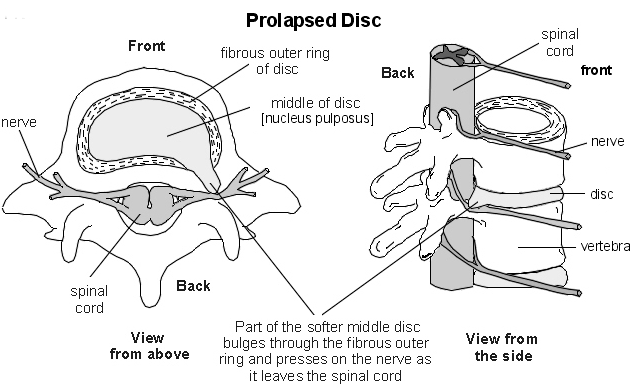Disc Injury Treatment - Dynamic Osteopaths
- Adam Whatley

- Oct 2, 2014
- 2 min read
Disc Injury Treatment - Dynamic Osteopaths

Exercise and light activity
Continue with normal activities where you best can, without any strenuous lifting or bending. This may not be possible at first if the pain is very bad, which may respond only to rest. However, move around as soon as possible, and get back into normal activities as soon as you are able. This will prevent the muscles from stiffening and reduce spasms along with local inflammation. Back pain rehab.
Osteopathy:
Manual and Physical treatments. Follow this link for further information.
Surgery
Surgery may be an option in some cases, when pain is prolonged, unremitting and does not respond to treatment. This is the minority of cases as, in about 9 in 10 cases, the symptoms have eased off and are not bad enough to warrant surgery within about six weeks. The aim of surgery is to cut out the prolapsed part of the disc. This often eases symptoms. However, it does not work in every case. Also, as with all operations, there is a risk from surgery. A specialist will advise on the pros and cons of surgery, and the different techniques that are available.
Disc injury prevention
Evidence suggests that the best way to prevent bouts of back pain and prolapsed disc is simply to keep active, and to exercise regularly. This means general fitness exercise such as walking, running, swimming, etc. There is no firm evidence to say that any particular back strengthening exercises are more useful than simply keeping fit and active. It is also sensible to be back aware. For example, do not lift objects when you are in an awkward twisting posture.
Any further questions or advise please contact Dynamic Osteopaths on:
E: info@dynamicosteopaths.com
T: 07966 317712 (Clinic Mobile)
W: www.dynamicosteopaths.com




Comments